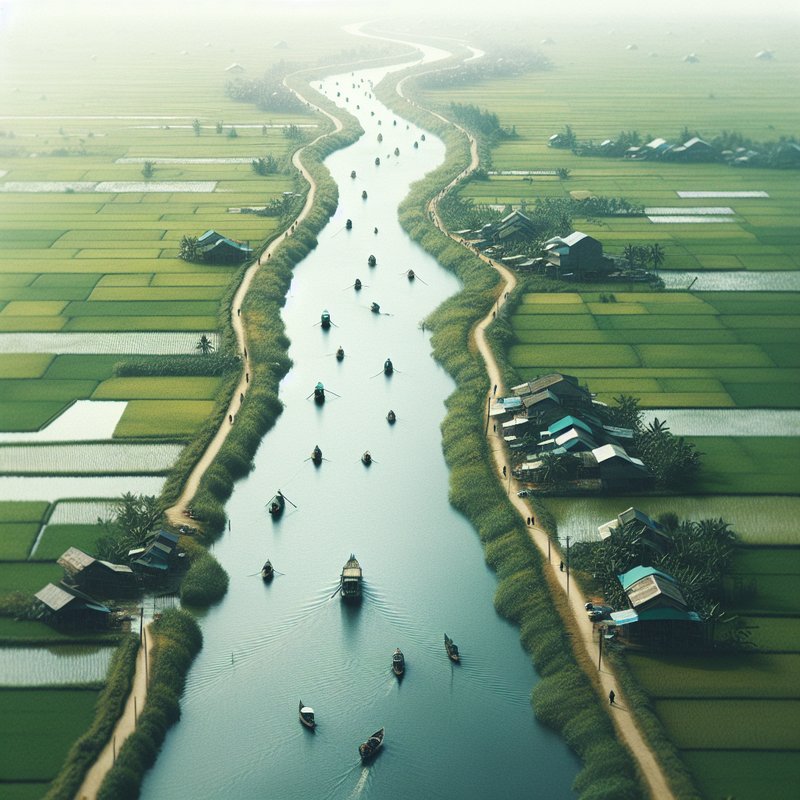The Historical Significance of Vietnam’s Canals

Vietnam’s canals have been central to the country’s development over centuries. Acting as both transportation routes and crucial links for trade, these waterways have historically contributed to economic growth and cultural exchange. The construction of these canals dates back centuries and was instrumental in connecting remote regions with more developed urban areas.
The canals were not only used for transportation but also played a strategic role in defense during various periods of conflict. Their extensive networks enabled flexible troop movements and facilitated communication between different points, giving strategic advantages in warfare. Understanding the historical context of these canals offers insights into how they have shaped regional interactions and influenced significant historical events in Vietnam.
Canals as Lifelines for Agriculture

Vietnam’s canals play a pivotal role in supporting agriculture, which is a major part of the nation’s economy. These waterways ensure efficient irrigation of arable lands, allowing for the cultivation of crops year-round, including the essential rice paddies that Vietnam is renowned for. The intricate canal systems enable farmers to manage water supply efficiently, optimizing crop yields and sustaining livelihoods.
Beyond rice, the canals support an array of agricultural activities, including aquaculture and the cultivation of fruits and vegetables. Small-scale farmers rely heavily on these waterways for both irrigation and means of transporting goods to local and regional markets. The canals’ impact on agriculture highlights their continuous importance in supporting not just economic needs but also food security for the country.
Cultural and Community Aspects of Canal Life

Life along Vietnam’s canals is rich with cultural traditions that have been passed down through generations. Many communities have formed along these waterways, creating unique cultural landscapes and fostering distinctive lifestyles that revolve around the canal systems. Festivals, markets, and daily activities often center around the water, illustrating the intrinsic relationship between people and their aquatic environment.
The canals also serve as venues for traditional boat racing and other cultural events, providing both entertainment and a sense of community identity. The presence of floating markets showcases the inventive ways in which the Vietnamese have adapted to utilizing canals for commerce. This cultural vibrancy is a testament to the canals’ role in sustaining not just life but also the rich tapestry of Vietnam’s social and cultural heritage.
Challenges and Future of Vietnam’s Canal Systems

Despite their importance, Vietnam’s canal systems face numerous challenges including pollution, over-exploitation, and the impacts of climate change. These issues threaten to undermine the canal’s ecological viability and their ability to support agriculture and daily life. Sustainable management and conservation efforts are crucial to preserving these vital resources for future generations.
The Vietnamese government and local communities are increasingly aware of the need to protect and rehabilitate these waterways. Initiatives to clean and restore canals are underway, focusing not only on environmental health but also on ensuring that the canals continue to support economic activities and sustain local communities. The future of Vietnam’s canals lies in finding a balance between development and ecological preservation.

Leave a Reply